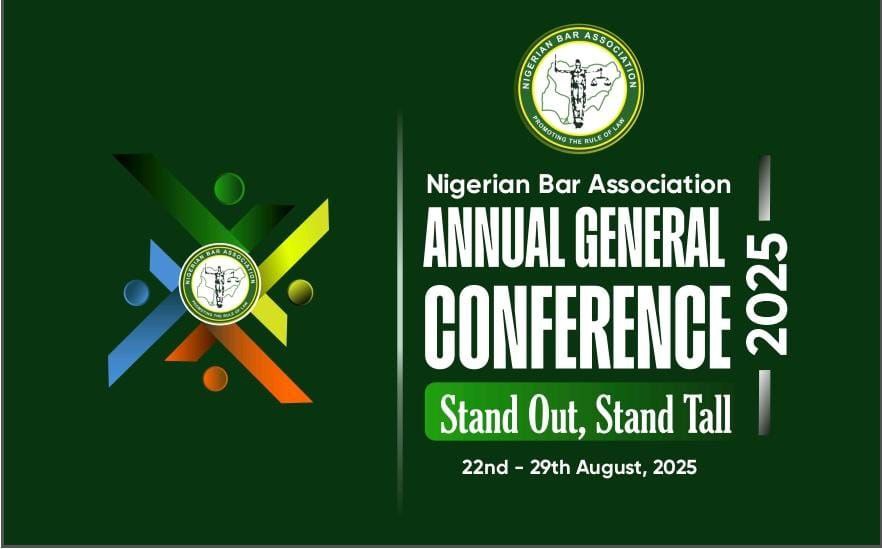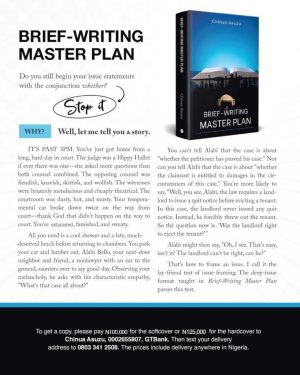Far too many lawyers sabotage their voice by shouting on the page. They do this by abusing, misusing, or overusing typographic tools like ALL CAPS, boldface, italics, and underlining. Such extravagant stylistic formatting, flourishes, and gimmicks signal desperate and weak writing. They symptomize rhetorical failure.
Judges don’t need your typographic theatrics to understand what matters. They’re highly trained legal readers. They know how to identify key issues, isolate the turning points, and weigh competing arguments. When you use formatting tricks to “force” attention—especially in legal briefs—you risk irritating and even distracting the judicial reader you’re trying to persuade.
Brief-writing is not about drama. It’s about clarity, logic, and persuasion. Overemphasis distorts all three.
Judges like peace and quiet. That’s why they went upstairs, where it’s calmer—remember, the higher you go, the cooler it becomes. When your brief is littered with stylistic formatting, you’re not advocating, you’re screaming. And as authority figures, judges don’t appreciate being screamed at.

Abuse of emphasis also signals insecurity. It says to the judge: “I don’t trust the strength of my argument, so I’ll make it look strong.” That strategy backfires. Force is not conveyed by font. It comes from cogency, diction, potency, and syntax. If you think your point needs extra emphasis, don’t decorate it—rewrite it.
Excessive emphasis also creates visual fatigue. Boldface draws the eye, but if too much text is bold, nothing stands out. Italics may lend subtle weight to a word or phrase, but if overused, they tire the reader. Underlining—an ugly relic from the typewriter era—should be eliminated altogether. And all caps are the typographic equivalent of shouting. Emphasis should never exhaust the reader.
Instead of relying on visual crutches, let the substance of your text do the work of persuasion. Let content—not cosmetics—carry the weight. Use rhetorical structure to create emphasis. Place your strongest points at the beginning or end of sections, where they will be most visible. These are the zones of primacy and recency.
What is said first often sets the frame; what is said last lingers longest in the mind. Emphasis achieved by position, not formatting, is more powerful—and more respectful of the judge’s mental health.
You should also trust the conventions of legal reasoning. In a well-structured brief, the issue should come first, followed by facts, argument, and conclusion. A persuasive issue framed in the deep-issue format will command attention by its logic, not by boldface.

A pinpoint citation of a governing case needs no boldface or underlining to speak with authority. A conclusion that cleanly flows from sound reasoning requires no exclamation.
If you must emphasize a phrase, use italics sparingly and intentionally—once in a page, not once in every paragraph. Save boldface for headings and subheadings. And never, under any circumstances, use all caps or exclamation points in your argument.
Italicize case names, but add no other formatting to them: never set a case name in all caps or bold, and never underline it. Italics are the only format needed to isolate a case name. Never underline anything.
Use italics purposefully and sparingly. In litigation drafting and legal writing generally, use italics to fulfill the following functions:
• to isolate names of cases, but not the citation;
• to isolate titles of books, but not authors’ names and publication information;
• to isolate non-English, especially Latin, words and phrases not yet anglicized;
• to isolate journal, magazine, or newspaper names or titles; and
• (sparingly) to emphasize a word or phrase.
Outgrow this professional idolatry of the unholy trinity—ALL CAPS, bold, and italics. If your writing is clear, your ideas strong, and your structure sound, the judge will find your point. You don’t need to wave a flag or blow a trumpet. Professionalism in legal writing means restraint. It means trusting your reader. Overuse of stylistic flourishes is not only stylistically vulgar but also rhetorically suicidal.









